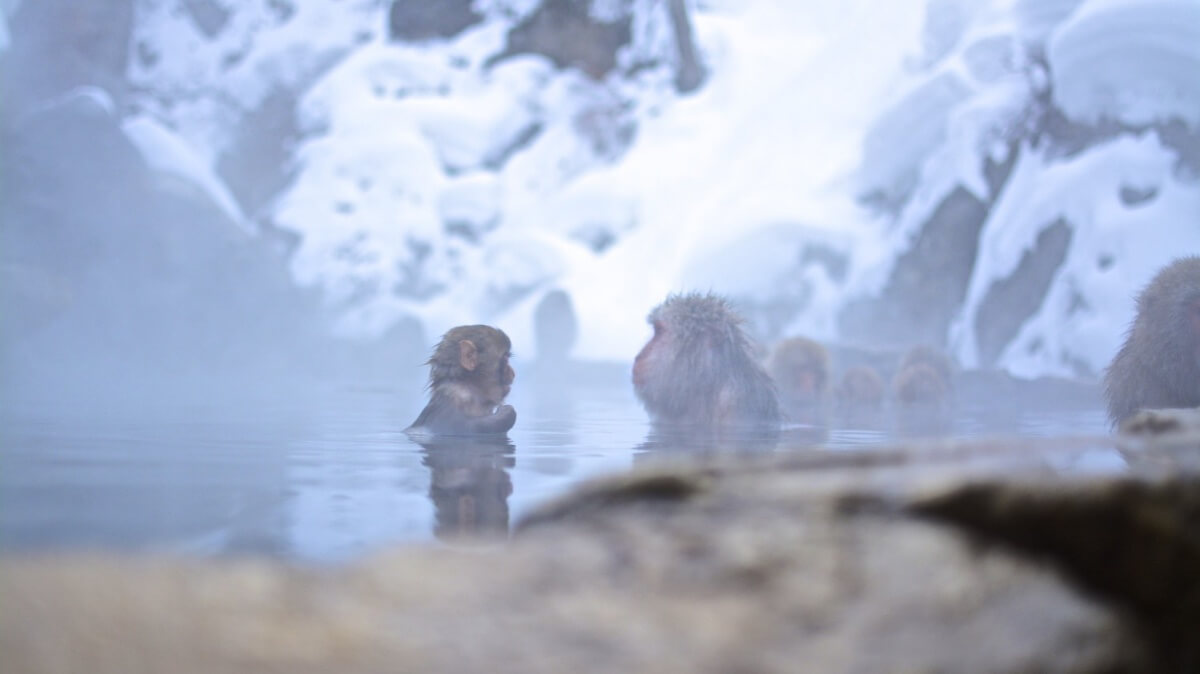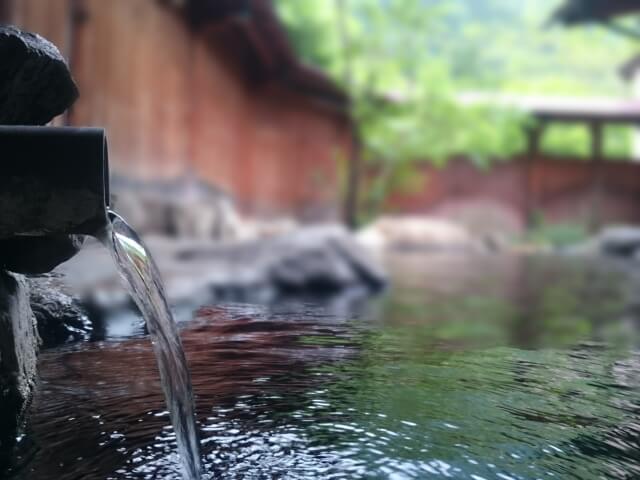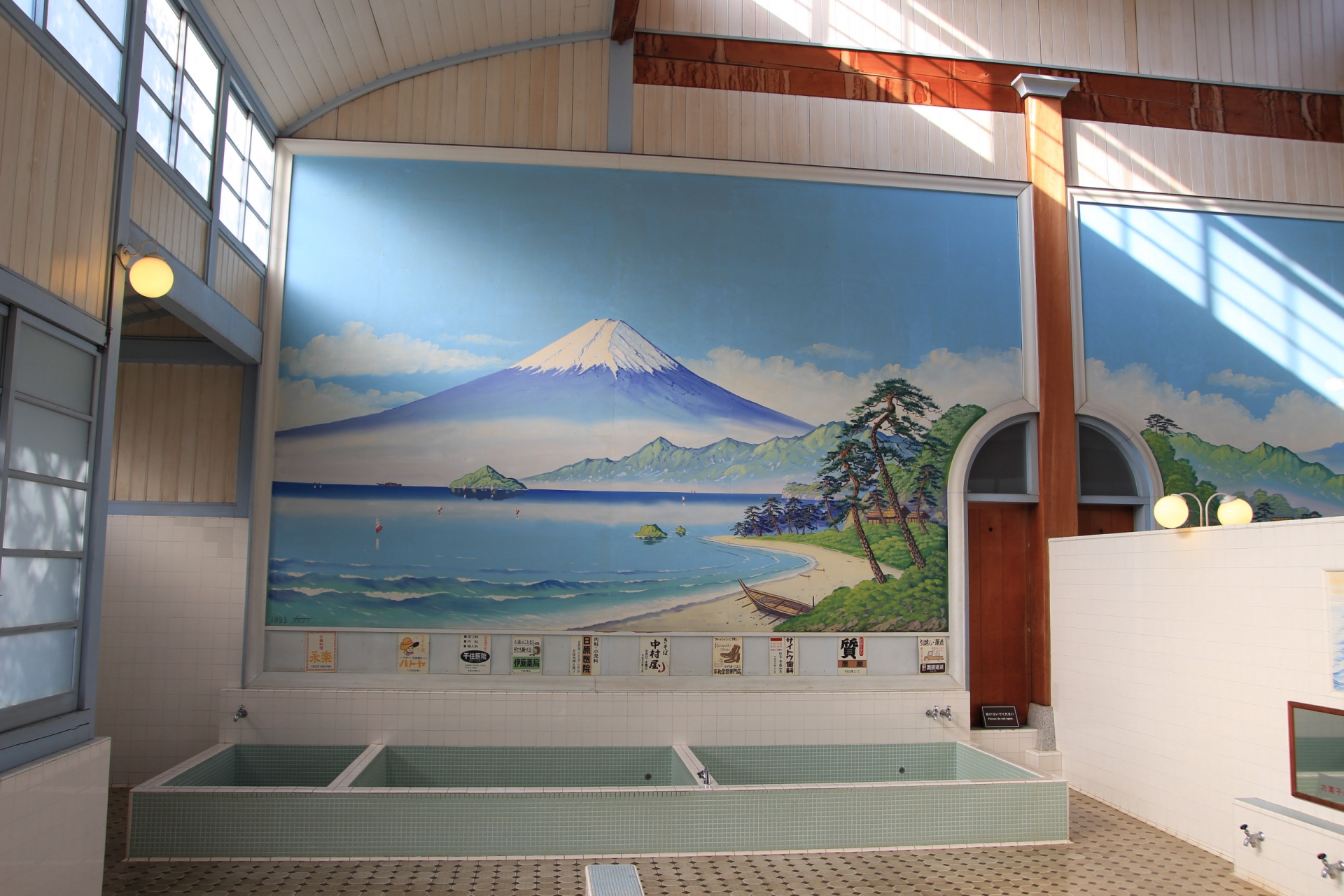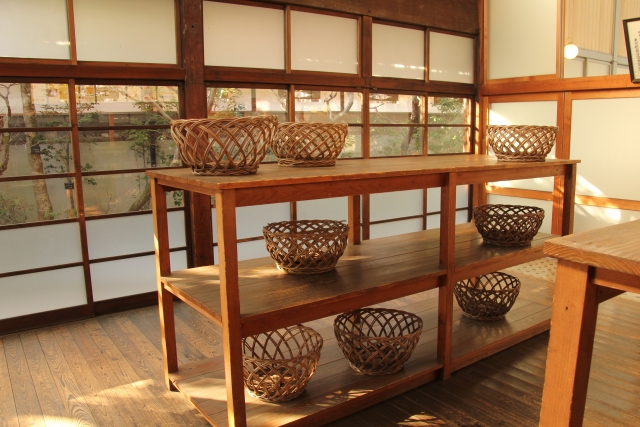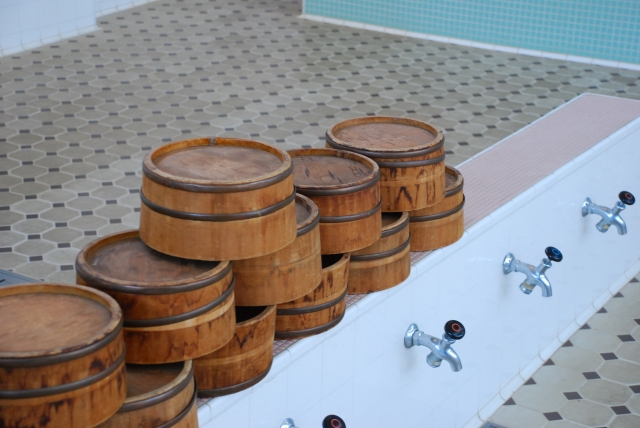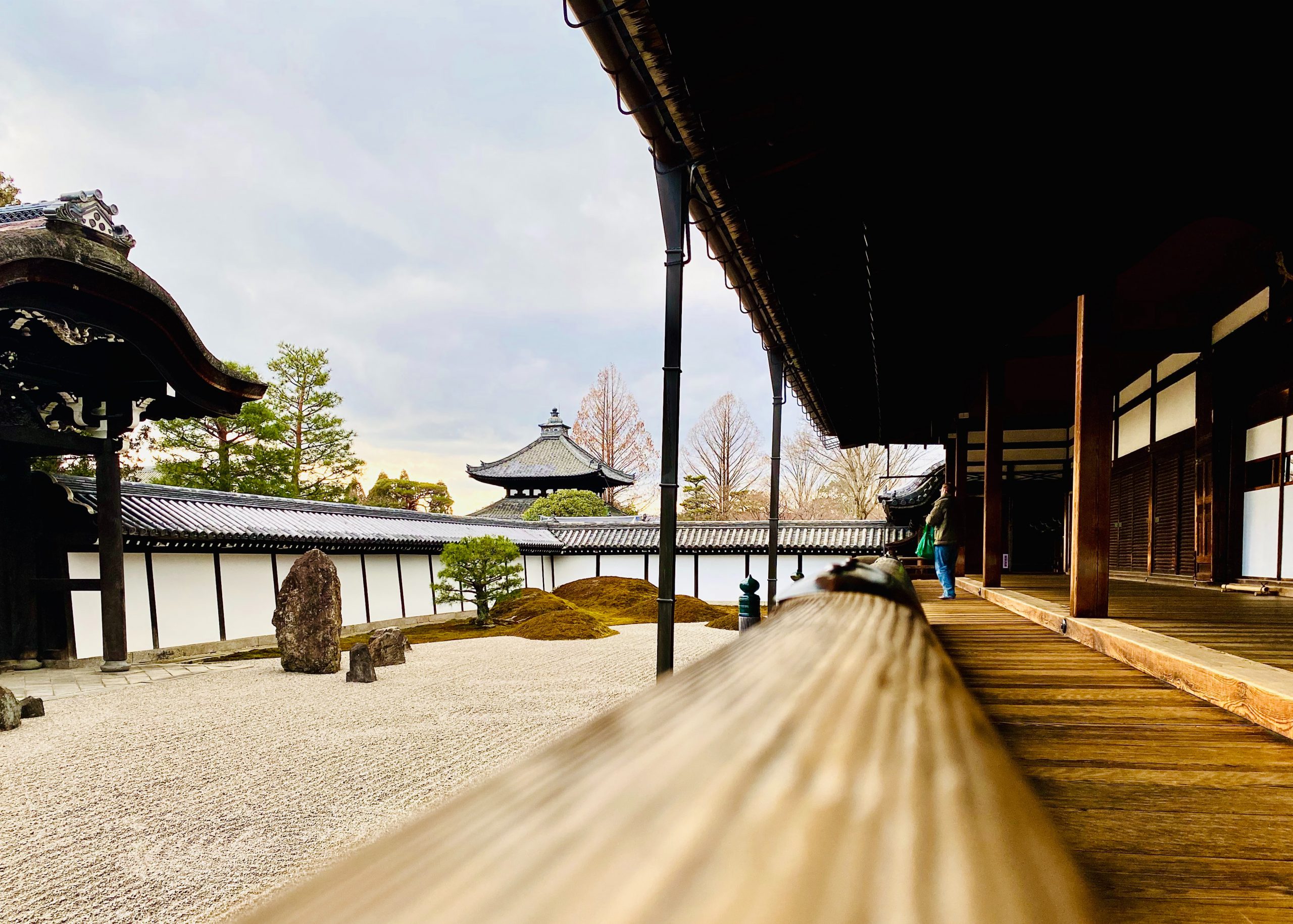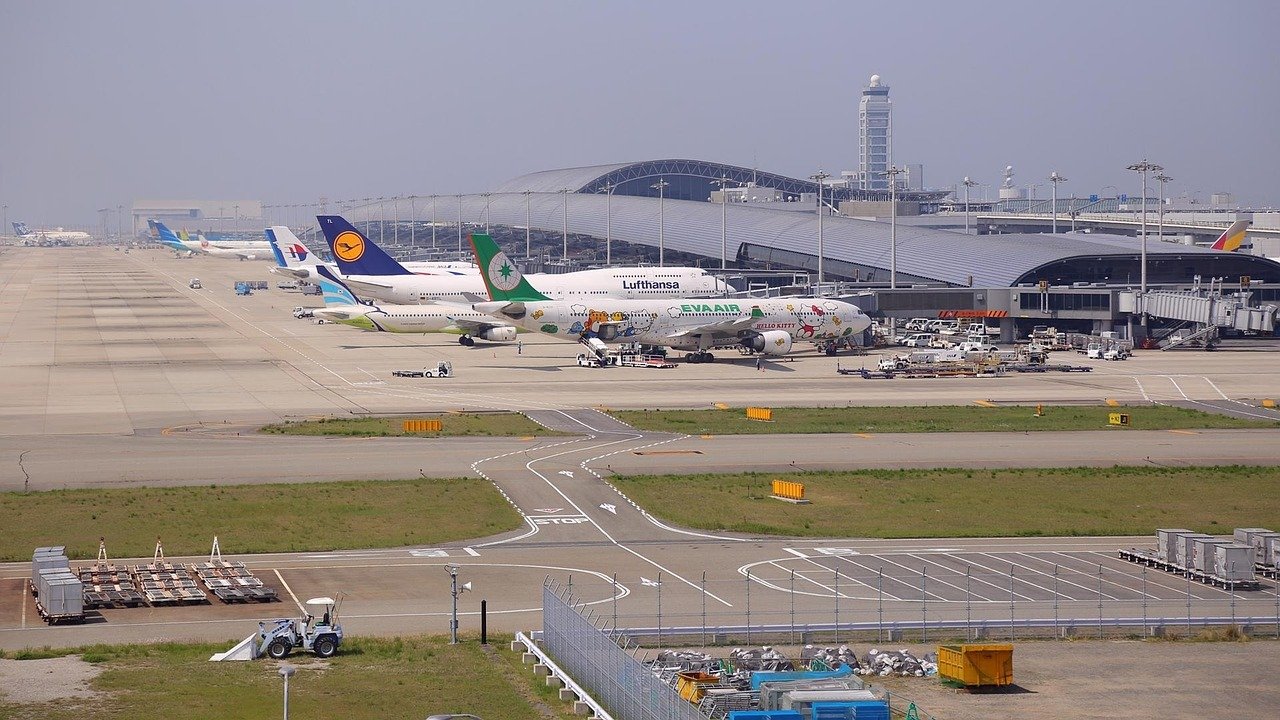What is Sento?
Sento is a public bathhouse where customers pay for entrance. In the past when many households in Japan were not equipped with a bath, people used to go to Sento to wash themselves, soak in a tub and socialize with neighbors. Today, the number of Sento has decreased as most households have their own bath, however, they can still be found. In addition to traditional Sento which may have been in the old-fashioned neighborhoods for many decades, “Super Sento” has emerged in recent years. Super Sento is much larger than the traditional Sento and features sauna, fitness facilities, and a range of baths. Some of them may offer entertainment, relaxation and dining services.
Tips to use Sento
There are a few basic rules for using Sento. First of all, if you go to traditional Sento, it is better to bring your own bath items such as soap, shampoo and towels. Some Sento offer these items for free, or you can buy them at the entrance.
As you enter a Sento, you are welcomed by a reception counter where you pay, and you have to proceed one of the two divided gateways, one for each gender.

After paying the entrance fee, you will move to the locker room where you take off all your clothes and put them in the basket. Take a small towel with you when you enter a bathing area for washing and wiping your body. You have to take off all of your clothes in the bathing area.
The Sento is, like most of Japanese baths, divided into two sections; where you wash with shower and where you relax at the bathtub. Before getting into a bathtub, you have to wash and rinse yourself thoroughly in the washing area. In the bathtub, needless to say, do not swim, play, or dip your towel into the water. Many people fold their towels and place them on their head while bathing to avoid putting their towels into the water.
Before returning to the dressing room, make sure to wipe your body with the small towel so that the floor of the dressing room does not get too wet. Once you are in the dressing room, use your large towel to dry yourself.
1. Fukunoyu
Renovated and reopened in 2011, Fukunoyu has a retro-modern atmosphere. This Sento offers man-made radon baths and herb baths, which are on a weekly alternating schedule between men and women. Inside the bath, you will find beautiful colorful large paintings of Mount Fuji and the Seven Deities of Good Fortune.
Access:
5 minute walk from JR Honkomagome Station.
Address: 5-41-5, Sendagi, Bunkyo, Tokyo
Opening Hours: Monday-Friday 11am-12am, Saturday, Sunday, Holiday 8am-12am
Fee: 460 yen
2. Oshiage Onsen Daikokuyu
10 minute walk from Tokyo Skytree in Sumida ward, you can find Oshiage Onsen Daikokuyu which was established in 1949. After its renovation in 2014, the Sento was newly installed with large outdoor baths and concentrated carbonated spring baths which change daily between men and women. In addition, there are various other baths and saunas such as Hokofuro, which is for walking and exercising under water, herb baths, and steam salt saunas. Chairs and a hammock are placed on the wood deck at the top floor where you can see the sky and Tokyo Skytree.
Access:
6 minute walk from Oshiage Station B2 Exit.
Address: 3-12-14 Yokokawa, Sumida, Tokyo
Fee: 470 yen
Opening hours: Monday-Friday 3pm-10am, Saturday 2pm-10am, Sunday 1pm-10am
3. BathHaus
BathHaus is a facility featuring Sento, café-bar, and co-working space. For the baths, there are two types, Japanese cypress bathtub and ceramic tiled bathtub, and they alternate weekly between men and women. The café-bar offers variety of beverages including Japanese craft beers as well as some light meals. Located in Yoyogiuehara near Yoyogi Park, some people come here to clean themselves up in the baths and enjoy some refreshments after running or exercise at the park.
Access:
10 minute walk from Yoyogihachiman Station on the Odakyu Line, or from Yoyogi-koen Station on the Chiyoda Line.
Address: 1-50-8 Nishihara, Shibuya, Tokyo
Fee:700 yen
Opening hours: Monday, Tuesday 5pm-11pm, Wednesday, Sunday 12pm-11pm
4. Kosugiyu
Opened in 1933, Kosugiyu has been serving the community for over 85 years. Their signature bath is gentle-to-skin “Milk bath”, using “return to nature water” and additive-free milk component and natural oils. You can truly relax in the sweet-scented water while admiring the magnificent Mount Fuji painted on the walls of the bathing area. Kosugiyu is not only Sento but serves as a dynamic entertainment space that sets it apart from the more traditional Sento in Japan. Kosugiyu has held fun events by collaborating with local organizations and businesses, such as dancing events and workshops for children. There is shop area where they sell original products such as T-shirts and books.
Access:
10 minute walk from Koenji Station on the Chuo Main Line.
Address: 3-32 Koenji-kita, Suginami, Tokyo
Fee: 470 yen
Opening hours: Monday-Friday 3:30om-12:45am, Saturday, Sunday 8am-12:45am
Closed on Thursday
5. Takarayu
Takarayu, situated in northeastern Tokyo, has a history of nearly 100 years. Although the actual baths having been renovated, the building is still full of old-fashioned charm. Takarayu owns a lovely veranda overlooking a Japanese garden with a pond and stepping stones. Although only men can enjoy this garden and veranda most of the week, women are given the opportunity to enjoy them only on Wednesday. There are also special events throughout the year, so that the veranda is open to women on other days of the week.
Access:
20 minute walk from JR Kitasenju Station.
Address: 27-1 Senju Motomachi, Adachi, Tōkyo
Fee: 470 yen
Opening hours: 3pm-11:30pm
Closed on Friday
6. Akebonoyu
Established in 1949 and renovated in 2010, Akebonoyu is famous for its unique wall paintings. Inside the bathing area for both women and men, you can find large image of Mount Fuji fronted by Tokyo Skytree, Senso-ji Temple’s Kaminarimon Gate, and Sumida River. For women, a broom-riding witch can also be found in the upper left cover of the mural, and for men, there is an image of Godzilla peeking over the mountain into the bath. This bathhouse is also popular for the wisteria flowers in spring which surround the traditional architecture.
Access:
15 minute walk from Asakusa Station on the Ginza Metro Line.
Address: 4-17-1 Asakusa, Taito, Tokyo
Fee:460 yen
Opening hours: 3pm-1am
7. Komeisen
Komeisen is located in a trendy neighborhood of Nakameguro. It was renovated and reopened in 2014, and offers varieties of baths including carbonated, man-made radium, cold, and outdoor baths. The paintings of the bathing areas portrait Mount Fuji which was created by a graffiti artist.
Access:
3 minute walk from Nakameguro Station on the Toyoko Line and Hibiya Subway Line.
Address: 1-6-1 Kamimeguro, Meguro, Tokyo
Fee: 470 yen
Opening hours: 3pm-1am
8. Fujimiyu
Besides the relaxing baths, Fujimiyu offers massage machines that you can use without paying additional fee and a spacious lobby with chairs, tables, and over 7,000 comic books that you can read for free. Recently they opened another area where you can lie down on a futon mattress. Although you have to pay an additional fee to use this space, a reading light, two USB ports and a plug socket are provided near each mattress. In addition, if you use this space after midnight, ear plugs and a blanket will also be provided so that you can even sleep here overnight since the bathhouse opens 22 hours a day.
Access:
5 minute walk from Higashi-nakagami station on the Ome Line.
Address:1260 Nakagami-cho, Akishima, Tokyo
Fee:460 yen
Opening hours: 12am-10am (bathing areas close at 9am)
9. Bunka Yokusen
In March 2011, Bunka Yokusen was completely renewed and reborn as a “modern public bath” that pursues healing and comfort while retaining the “old-fashioned public bath”. The concept is “SLOW”, providing a space where customers want to stay for even a second longer. Jazz BGM is played in the lobby as well as in the bathing area. One of their baths is the bubble bath (nano bath) with a large number of micro bubbles, which can ease joint pain and stiffness of the muscle and make your skin soft.
Access:
5 minute walk from Ikejiriohashi Station on the Denentoshi Line
Address: 3-6-8 Higashiyama, Meguro, Tokyo
Fee: 470 yen
Opening hours: Monday-Friday 3:30pm-1am, Saturday, Sunday, Holidays 3:30pm-12am
10. Hisamatsuyu
The bathhouses in Japan typically displays Mount Fuji murals in the bathing area, however, this modern Sento features projection mapping display which represents the flow of light. You can enjoy a luxurious feeling with a natural hot spring, a rest area with underfloor heating, and a relaxing massage.
Access:
4 minute walk from Sakuradai Station on the Seibu Ilebukuro Line.
Address: 4-32-15 Sakuradai, Nerima, Tokyo
Fee: 470 yen
Open hours: 11am-11pm (closed on Tuesday)
Although numbers of Sento has significantly decreased in Tokyo, there are still quite a few of them. Why don’t you visit Sento today to experience the unique bathing culture that is deeply rooted in the Japanese culture?
Follow us on Instagram or Facebook for more travel inspiration. Or tag us to get featured!
Happy travelling!
Stay informed of the best travel tips to Japan, the most exciting things to do and see, and the top experiences to have with the Japan Wonder Travel Newsletter. Every week we will introduce you to our latest content.
Other articles you might like
